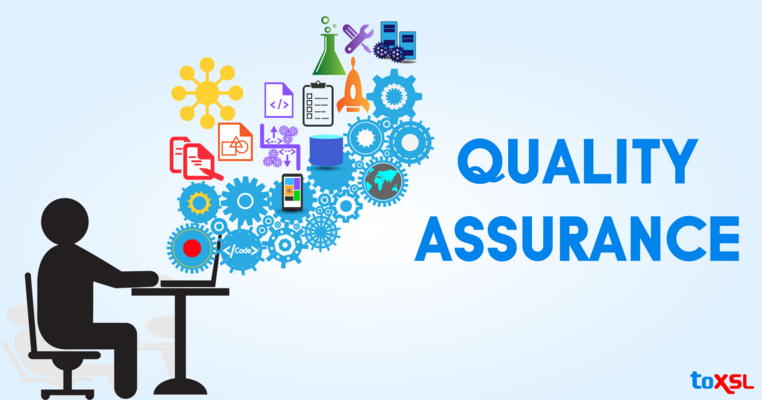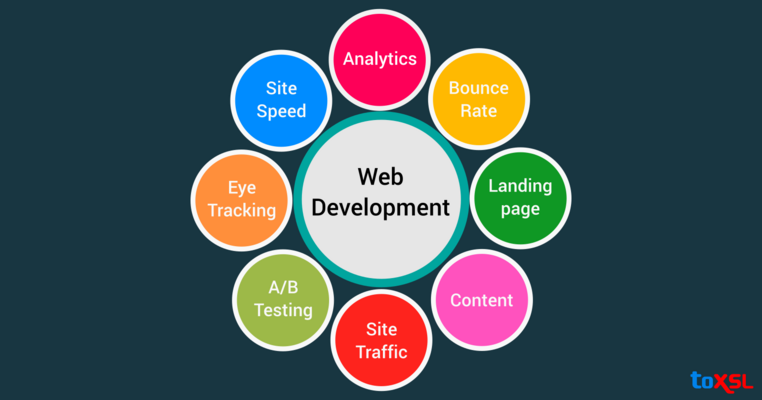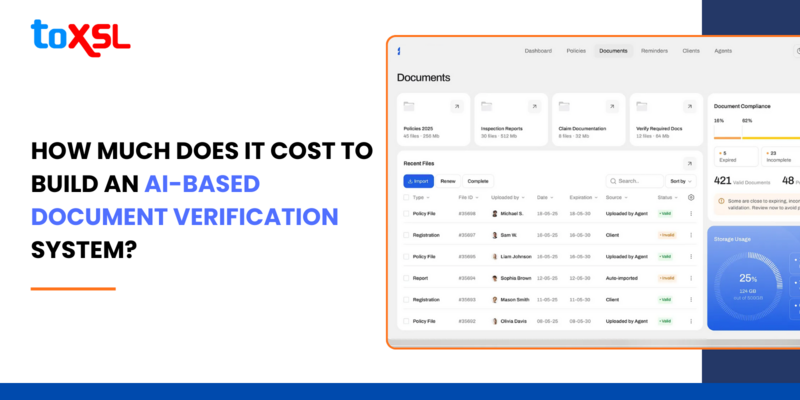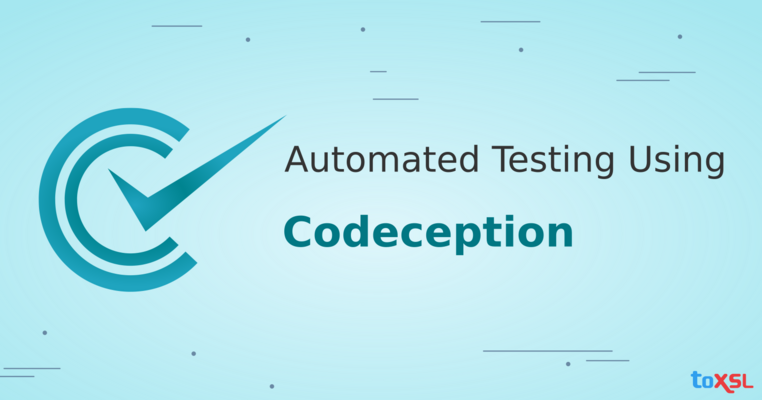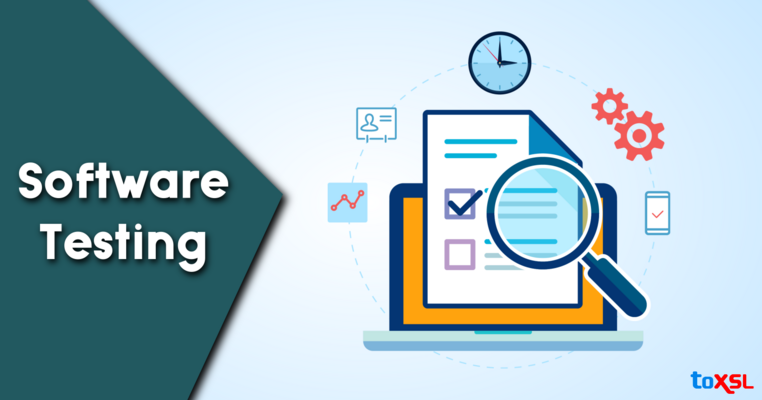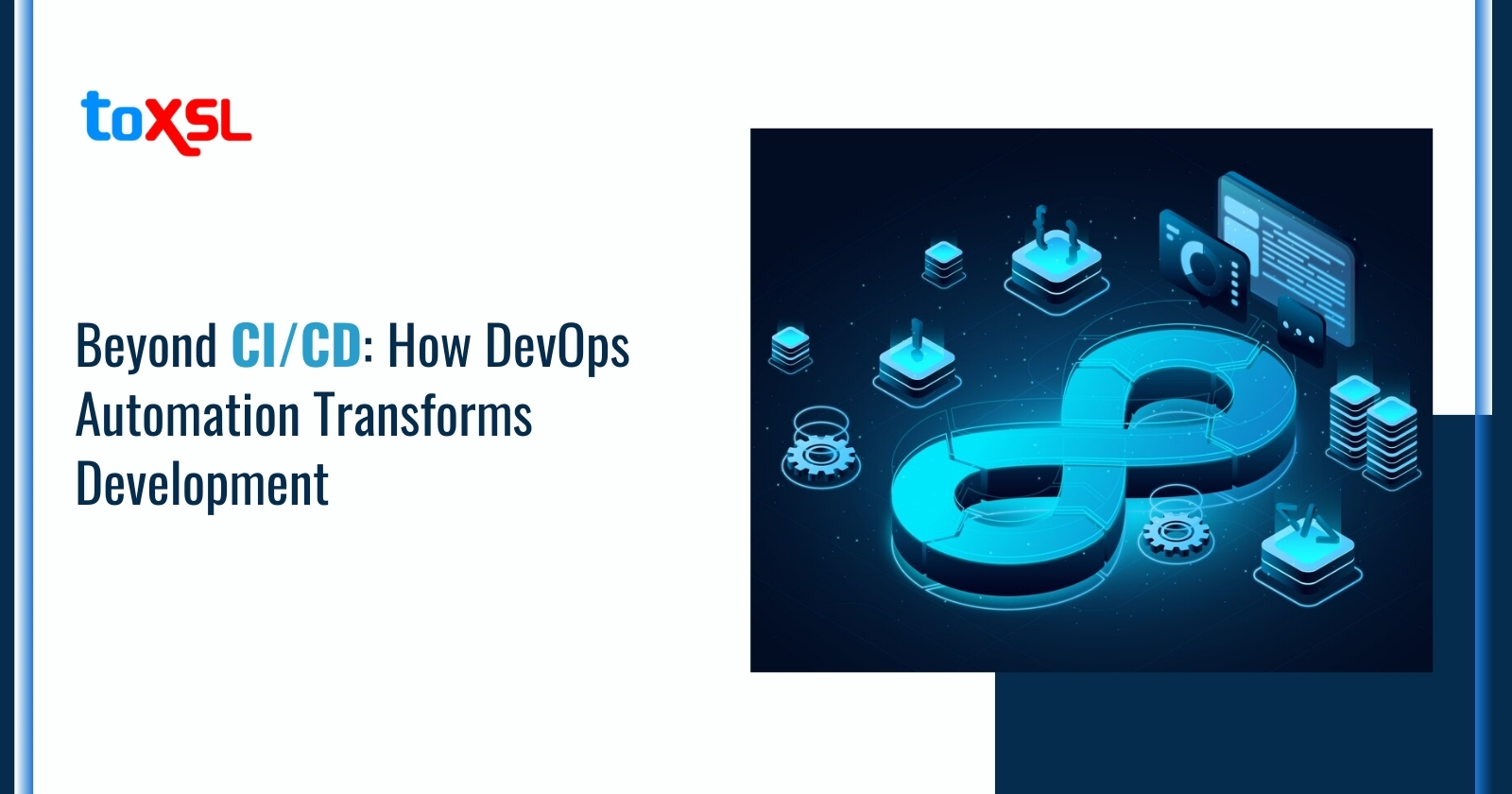
Continuous integration and continuous delivery (CI/CD) automating DevOps workflow, leading to successful software development. In a few cases, the “D” in CI/CD means deployment. Continuous delivery needs manual approval before making changes in production. Once written, it automatically deploys all code changes to a testing or production environment. However, continuous deployment follows a workflow throughout the pipeline, hence no external approvals are needed.
Making software and getting it out to people take a lot of steps. DevOps helps to make this process easier and faster by combining the people who build the software with the people who keep it running. Instead of people doing each step by hand, computers and special programs do many of the jobs.
How Does DevOps Automation Accelerate Development?
For a long time, software developers who kept on running operations often felt like they were working against each other. This caused delays, and frustration, and meant getting new products to customers took longer. This challenge – how to get these teams working together – was a big problem for many companies. Then, a new approach called DevOps emerged. It started as an idea to change how teams worked and quickly turned into practical steps and, importantly, a way to automate tasks. Now, automating these tasks isn't just a bonus; it’s what helps businesses keep up in today’s fast-changing digital world. It’s completely changing how software is built and released. Here’s how DevOps automation takes us beyond CI/CD:
1. Improved Collaboration: DevOps allows software developers to build software and the teams who keep it running business operations work much better together. Instead of working separately, they share responsibilities and talk regularly. This helps them reach the same goals, like getting software out faster and making sure it works reliably.
2. Automation of Repetitive Tasks: DevOps uses tools to automate tasks that are done by hand. This includes testing, combining code, and releasing software. This reduces mistakes and ensures that all business operations are done how things are required. It also frees up the teams to focus on more important work instead of doing the same tasks over and over.
3. Continuous Integration (CI) and Continuous Delivery (CD): DevOps helps developers combine and release the code regularly. This keeps the software ready for delivery, speeding up the development process and making everything efficient and effective.
4. Feedback Loops:DevOps systems automatically send information about how the software is performing. If there are problems, the operations team can quickly tell the developers so they can fix them. This helps make the software better and solve problems faster.
5. Scalability and Speed: DevOps allows developers to handle tasks easily and finish them quickly. This makes the entire software process quicker, allowing businesses to add new features and improvements to users more quickly.
Various Stages of the CI/CD Pipeline
The CI/CD pipeline is a process that helps teams deliver software faster and more efficiently. It has four main stages: Development, Test, Deliver, and Deploy. Let’s break down each stage in simple terms:
- Development: Development is the first step towards developing and compiling the code. It is part of the continuous integration process, where developers work together to add new code and combine it with existing code. During this stage, teams look for any issues and conflicts in the code.
- Test: In this stage, the code is tested to make sure it works correctly. This part is handled by the quality assurance team, who develop automated testing scripts that are used to check for bugs or errors. These tests include unit tests, integration tests, and regression tests.
- Deliver: Once the code is approved, it is sent to a production environment. However, in continuous deployment, this step happens automatically. While, in continuous delivery, it requires approval from developers before moving forward.
- Deploy: Deployment is the final step where the software is moved into production and becomes available to users. In continuous delivery, deployment requires human approval, while in continuous deployment, it happens automatically.
How Does DevOps Automation Impact Security?
Businesses are continuously searching out numerous methods to deliver software without compromising safety. To make this feasible for businesses, DevOps automation performs a critical role. It integrates security practices seamlessly into the development and operations workflow. Here’s how DevOps automation impacts security in simplified terms:
1. Security is Built into Every Step: Every business is worried about security. In the case of DevOps automation, it introduces safety early in the development cycle, and this method is referred to as shifting left. Automated equipment is used to experiment with vulnerabilities, check compliance, and monitor risks throughout the software lifecycle. This guarantees that issues are caught and fixed early, saving time and reducing costs.
2. Reducing Human Errors: Doing things by hand can easily lead to mistakes, especially when dealing with complicated tasks like checking for security flaws. Automation gets rid of those errors by always applying security steps the same way throughout the entire building process. For example, computers can automatically scan for weaknesses and make sure everything follows the rules, so no important steps are missed. This consistent approach results in software that's more dependable and secure.
3. Faster Response to Threats: If there's a security problem, automation quickly alerts the team so they can take action. Computers can spot issues, suggest solutions, and apply fixes much faster than people can. This quick response helps limit any damage and keeps applications safe.
4. Continuous Monitoring: DevOps automation uses tools to constantly watch over applications and the systems they run on. These tools give instant updates about potential problems or anything unusual happening. This allows teams to fix issues before they become big problems. It also makes sure security stays strong even after the software is released and in use.
5. Collaboration Between Teams: DevOps automation fosters collaboration between development, operations, and security teams by creating shared workflows and tools. This approach—known as DevSecOps—makes security a shared responsibility rather than an isolated task. Teams work together to ensure that security is integrated into every phase of the development process.
6. Handling Complex Environments: Modern applications often run in multi-cloud environments with various containers and services, which can be challenging to secure manually. Automation simplifies this complexity by managing security across different platforms efficiently. It ensures that applications remain secure regardless of where they are hosted.
7. Saving Time and Resources: By automating repetitive tasks like testing and monitoring, organizations save valuable time and resources. Teams can focus on strategic activities while automated systems handle routine security checks. This boosts productivity without compromising safety.
Conclusion: Embracing the Transformation
However, CI/CD does automate the technical pipeline, businesses need to expand their focus beyond deployment automation. This includes encapsulating feedback loops, incorporating real user data, A/B testing, and continuous experimentation.
Business needs to start looking at the whole process, from when we have an idea to when a user benefits from it, as one continuous flow. It's like mapping out the entire journey. This helps businesses pinpoint where things are slowing down or causing problems. To improve this process, businesses can gather feedback from users at every step. This will help them make smarter changes and deliver better results.
So if you are looking forward to transforming businesses with DevOps, you must consider taking help from ToXSL Technologies. We are a leading software development company, renowned for offering the best solutions to businesses worldwide. Want to learn how our expertise can help you build a better business? Contact us today and take a step forward toward developing a better business.
FAQs
1. What is DevOps automation?
DevOps automation refers to the use of tools and technologies to automate software development, testing, deployment, and infrastructure management processes, allowing teams to deliver software faster and more reliably.
2. How does DevOps automation go beyond traditional CI/CD pipelines?
While CI/CD focuses on automating code integration and deployment, DevOps automation covers the entire software lifecycle, including infrastructure provisioning, monitoring, testing, configuration, and incident response.
3. Can small teams benefit from DevOps automation?
Yes, even small teams can gain efficiency, better collaboration, and faster deployment cycles by implementing DevOps automation tailored to their scale and needs.





